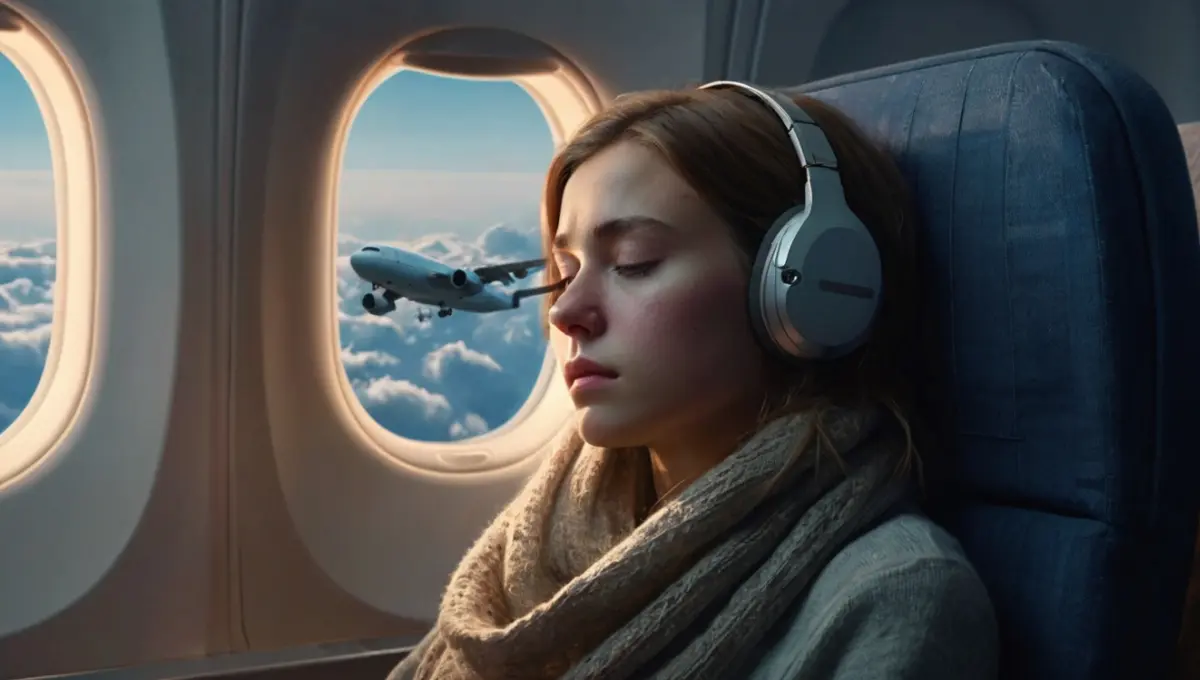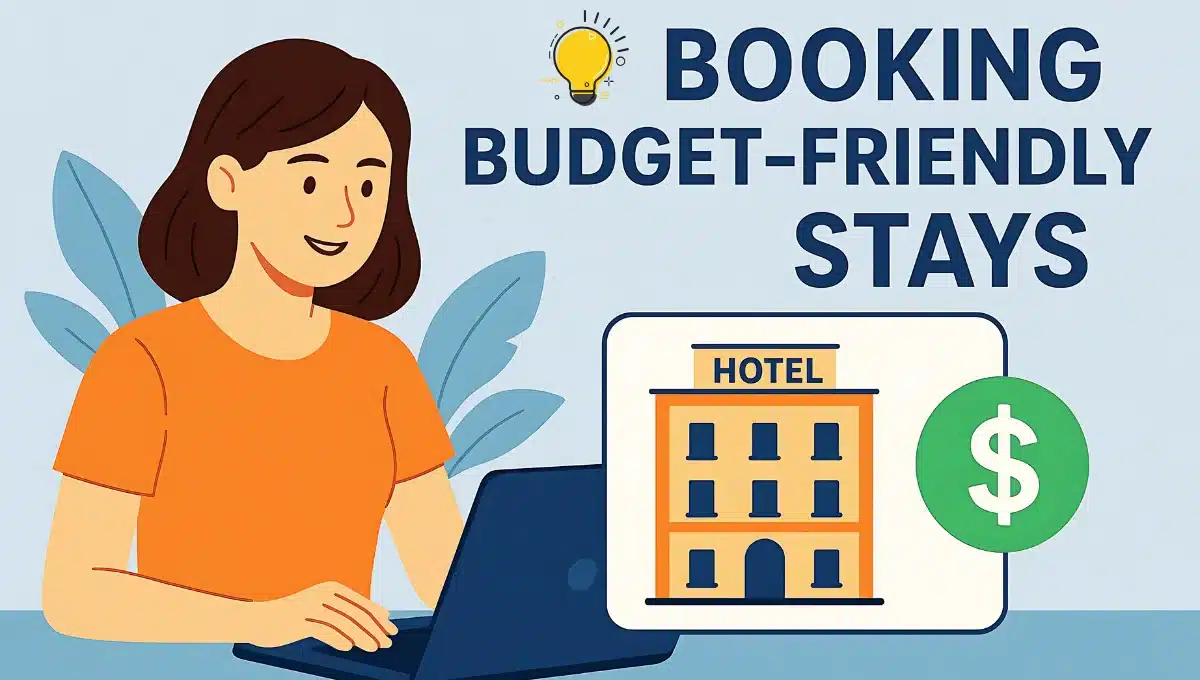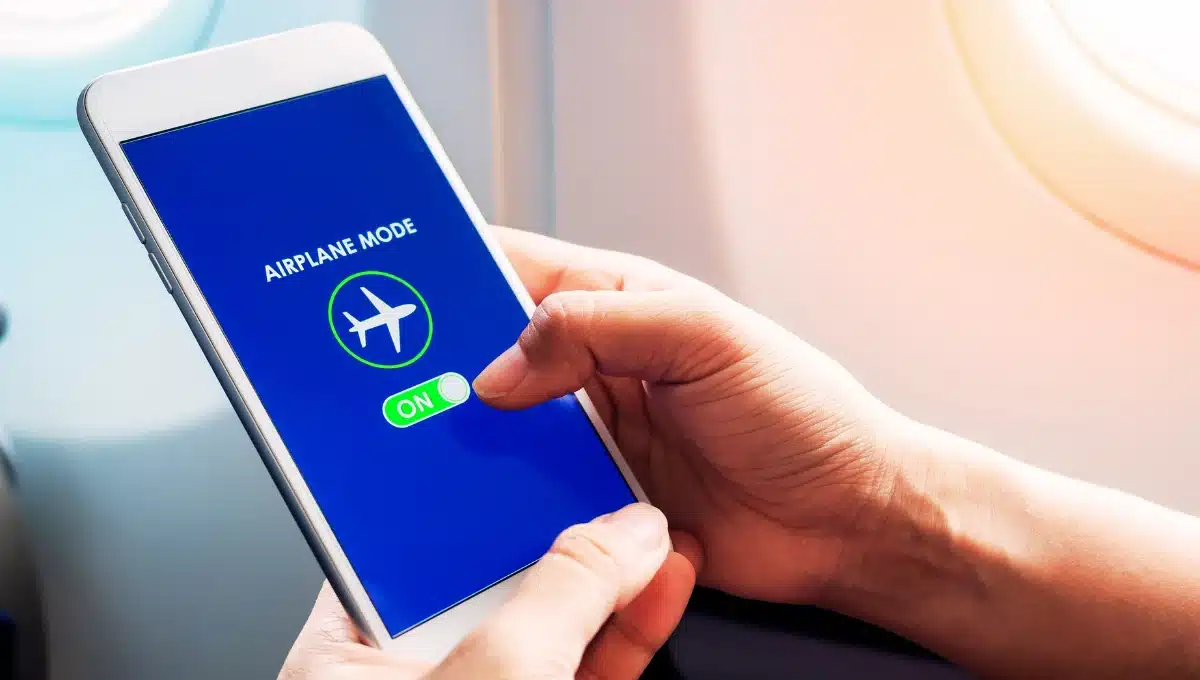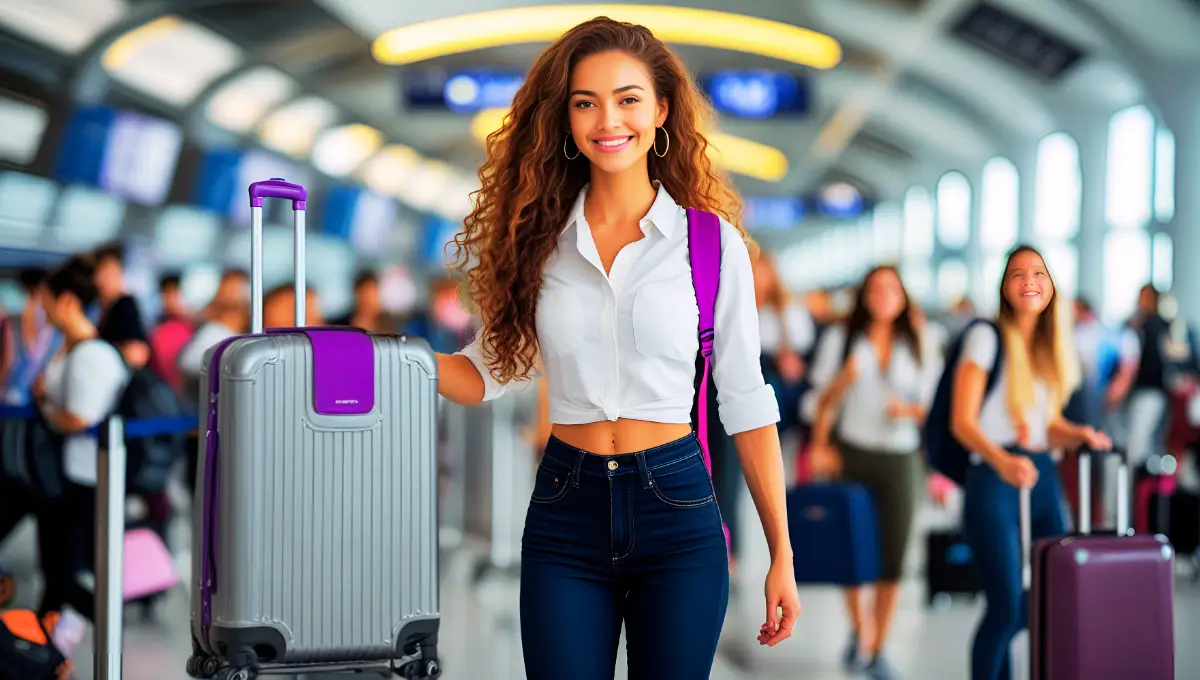Is it advisable to take sleeping pills on a plane? Consult your doctor before considering sleeping pills for a plane journey, as they can affect individuals differently in flight conditions.
Traveling to a faraway place can be exciting, but long flights can be tough. It’s important to sleep on the plane so you arrive feeling fresh and ready to explore.
But this can be hard, even for people who fly a lot. Noisy neighbors, turbulence, and crying babies can mess with your sleep.
But don’t worry, you can still make your flight more comfortable. As someone who flies often and really cares about sleep, I’ve learned some helpful tips. Here are my top tips for how to sleep on a plane.
- 📝 List of the 11 Ways to Sleep Better on a Plane
- 1. Avoid Caffeine and Alcohol
- 2. Dress for Comfort, Not the Runway
- 3. Bring the Right Accessories
- 4. Upgrade Your Seat if Possible
- 5. Choose the Right Economy Seat
- 6. Time Your Flight Strategically
- 7. Buckle Over Your Blanket
- 8. Stick to Your Sleep Routine
- 9. Fly Nonstop Whenever You Can
- 10. Avoid Crossing Your Legs
- 11. Don’t Stress If You Can’t Sleep
- 🙋🏻♀️ FAQs about Sleeping Better on a Plane
- 😇 Conclusion
- 🗨️ Tell Us In The Comments Your favorite tips For Good sleep in Flight.
 📝 List of the 11 Ways to Sleep Better on a Plane
📝 List of the 11 Ways to Sleep Better on a Plane

Check out some of the basic yet important suggestions below that will help you sleep better while flying.
1. Avoid Caffeine and Alcohol
It might be tempting to grab a cup of coffee or enjoy a glass of wine before boarding, but trust me—it’s not worth it. Both caffeine and alcohol can mess with your sleep patterns and leave you feeling dehydrated. Stick to water or herbal tea to stay hydrated and relaxed.
2. Dress for Comfort, Not the Runway
Forget about dressing to impress. Planes can get really cold, so I always wear comfy layers. My go-to outfit? Leggings, a soft T-shirt, and a cozy cardigan. You can still look stylish while prioritizing comfort.
3. Bring the Right Accessories
If there’s one thing I never fly without, it’s my sleep kit. Here’s what’s in it:
- A neck pillow for support (find one that works for you).
- A sleep mask to block out light.
- Noise-canceling headphones to tune out crying babies or engine noise.
These items might take up space in your carry-on, but they’re lifesavers when you need rest.
4. Upgrade Your Seat if Possible
Whenever I can, I book a premium economy seat. It offers extra legroom and a bit more recline without breaking the bank. If your budget allows, splurge on business class for a lie-flat seat—it’s worth every penny.
5. Choose the Right Economy Seat
Flying economy? Seat selection matters!
- Pick a window seat so you can lean against the wall.
- Avoid seats near the galley or restrooms—they’re noisy and busy.
- Bulkhead seats give you extra space, but they can also be near restrooms, so weigh your options.
6. Time Your Flight Strategically
For overnight flights, I always choose one that matches my regular sleep schedule. For example, if I usually go to bed at 10 PM, I’ll book a flight that departs around that time. It makes falling asleep easier.
7. Buckle Over Your Blanket
This one’s simple but effective: Fasten your seatbelt over your blanket. This way, flight attendants won’t wake you during turbulence checks.
8. Stick to Your Sleep Routine
Before flying, I mimic my bedtime habits as much as possible. That means brushing my teeth, washing my face, and even doing some light stretching. Familiar routines signal your body that it’s time to sleep—even at 30,000 feet.
9. Fly Nonstop Whenever You Can
I used to book cheaper connecting flights, but the constant layovers left me drained. Now, I always choose direct flights. One long flight gives me more time to settle in and sleep compared to two shorter ones.
10. Avoid Crossing Your Legs
Keeping your legs crossed may seem comfortable at first, but it can restrict blood flow. Instead, stretch your legs out and keep them slightly bent. If there’s room, elevate your feet on a small travel cushion.
11. Don’t Stress If You Can’t Sleep
This took me years to learn: It’s okay if you don’t fall asleep right away. Just focus on relaxing. Sometimes, simply resting your eyes and body can make a big difference when you land.
These tips are tried and tested from my own travels, and I hope they make your next flight more restful. Sweet dreams at 30,000 feet! ✈️
🙋🏻♀️ FAQs about Sleeping Better on a Plane
A lot of thing comes to our mind while trying to sleep in flight, some of the commonly asked questions are answered below.
Q. What are the best seats for sleeping on a plane?
A. Window seats provide a surface to lean on for uninterrupted sleep, while aisle seats offer easier access for stretching.
Q. How can I block out noise on a plane?
A. Use noise-canceling headphones or earplugs to minimize disruptive sounds and create a quieter environment for sleep.
Q. Is it advisable to take sleeping pills on a plane?
A. Consult your doctor before considering sleeping pills for a plane journey, as they can affect individuals differently in flight conditions.
Q. How do I adjust my sleep schedule after a long flight?
A. Gradually adjust to the new time zone by getting sunlight exposure, staying hydrated, and regulating sleep times according to local schedules.
Q. Can certain foods help me sleep better on a plane?
A. Choose light snacks like bananas or almonds, which contain nutrients like magnesium and tryptophan known to promote relaxation and sleep.
😇 Conclusion
Incorporating these strategies into your travel routine can significantly enhance your ability to sleep better on planes. By prioritizing sleep and implementing practical tips, you can arrive at your destination feeling refreshed and ready to enjoy your journey.
🗨️ Tell Us In The Comments Your favorite tips For Good sleep in Flight.
Also, don’t forget to book your personalized holiday package with Fiery Trippers. Let us make your vacation a romantic as well as a dreamy getaway.
Travel Smart: 12 Genius Tips for Booking Budget-Friendly Stays Without Regret 💡💸
What Really Happens If You Don’t Use Airplane Mode on a Flight? (The Truth Might Surprise You)


